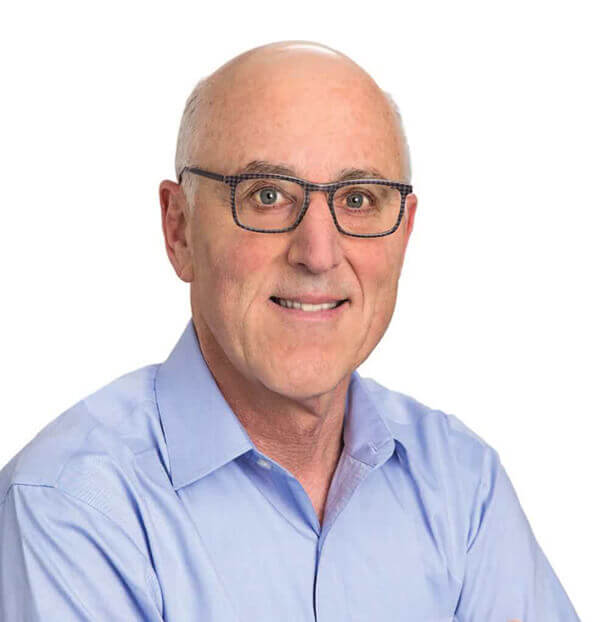For those who don’t recognize the title of this introduction, I have a confession. I borrowed it from a popular ad campaign launched by Google in 2016 for Android. It is an inspiring sentiment that we need as a country more than ever – and I also think it speaks perfectly to the dynamics of today’s workforce. On one end, there is a growing population of employees aged 55 and older. Concurrently, younger millennial workers are projected to comprise half the workforce by 2020, bringing with them unprecedented ethnic diversity.
These are all positive developments. The American workforce continues to strengthen, and the varied populations feeding it bring differentiated experience, worldviews, and skills to the table that they can impart and learn from each other.
In many ways, the healthcare needs and challenges of today’s workers are also becoming highly differentiated. And the ways we approach care management must be flexible and innovative in equal measure. But together as a workforce, there remains the same core responsibility to provide a safe and healthy work environment, and in the event illness or injury does occur within that environment, a corresponding responsibility to restore the health of that worker.
This edition of RxInformer explores some key ways in which workforce dynamics are shifting, and how these changes can impact healthcare and more specifically workers’ compensation. Factors such as age and ethnic diversity bring evolved considerations for how healthcare is communicated, delivered, and managed. And a growing preference among segments of the workforce for nontraditional employment via “gig” work raises debate about eligibility for workers’ comp and other benefits that have traditionally been tied to full-time employment.
The millennial generation has found themselves to be the punchline of many jokes, and often unfairly. This population of workers is a force to be reckoned with, and an extremely fast-growing one. Their attitudes and beliefs around healthcare set them apart from previous generations, bringing refreshed dialogue to topics including alternative nonpharmacological therapies, psychosocial conditions, and medical marijuana (see Mark of the Millennial: Managed Care for a New Generation).
Most notable is their high affinity for technology, and their desire to digitally connect with their healthcare experience. Notable because, as I highlighted earlier this year in a presentation at the Insurance Rehabilitation Synergy Group (IRSG) conference, this is an area where workers’ compensation can certainly stand to catch up with the rest of healthcare. Despite misconceptions that younger generations are “tuned-out,” millennial patients often seek an increased connection with their healthcare providers. More than ever, these patients want to play an active and informed role in their own care. And we must provide the tools and opportunities to deliver this experience.
Despite the influx of millennial workers, overall, the average age of the American worker is increasing. This trend includes many industries that present high exposure for workers’ comp claims, such as construction, agriculture, and manufacturing. Economic and lifestyle factors are keeping more Americans over the age of 55 within the workforce than ever before. First, let’s recognize that the growth of this employee demographic is a wonderful development for the workforce. Older workers bring many positive contributions to their role, including deep experience, high levels of engagement and productivity, and the opportunity to mentor younger or less experienced colleagues. Second, let’s be cognizant that there are some special health considerations that apply to this age group, including increased incidence of comorbidities, increased risk for polypharmacy and/or adverse drug affects, and the potential for longer recovery times. For more on this topic, see the article Valuable Assets: Appreciation and Care Considerations for Older Workers.
We often focus on the impact of industry activity such as new drug trends, evolving cost drivers, policy and legislative changes, and economic agents of change. These all continue to be critical factors to consider as we continually assess new and better programs to manage care and improve health outcomes. But ultimately this industry is about managing the health and safety of people. And it is important to recognize that the people are changing, too. It is incumbent upon us to explore ways to evolve alongside them to meet their dynamic and varied healthcare needs.

Robert L. Goldberg, MD, FACOEM, is chief medical officer and senior vice president at Healthesystems. He is board certified in Occupational Medicine and is recognized as one of the foremost authorities in the field. He has an extensive multidisciplinary background and 30 years of experience that includes working as a treating physician, researcher, professor, consultant, and corporate executive providing clinical direction to the development of evidence-based medical guidelines and workers’ compensation public policy initiatives.
